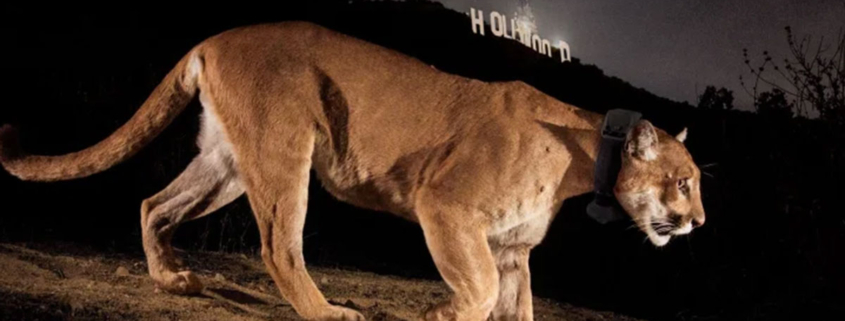It can’t be completed soon enough.
Sadly, another mountain lion was killed on a highway in Southern California this week. This comes on the heels of the vehicle collision death of four year old P81 on January 22nd this year. These human caused mortalities are a microcosm of the impacts that we have on the landscape.
There is not much indication that growth will slow down, but how we plan and consider the needs of the wildlife and the habitat that development is invading has to become a priority everywhere.
Due for completion in 2025, the Wallis Annenberg Wildlife Crossing in Southern California will represent a landmark cooperative effort between state agencies, federal departments, non governmental organizations and passionate support from an inspired public, tired of the constant human costs and wildlife casualties from vehicle collisions on congested and expanding highway systems.
Probably the most elusive, yet ironically public symbol of collateral damage is the majestic cougar. For a species once native to all of the Americas, loss of habitat by encroachment and fragmentation has become an enormous threat. In the few states where mountain lions still remain and where development is at an all time high, lions have become confined to semi island populations that limit genetic diversity and where lions have displayed signs of inbreeding such as tail deformities and heart malformations.
Wildlife crossings, which benefit all animals that use them (even crabs on Christmas Island in Australia!) allow for genetic diversity, expanded range-famous P22 survived in an area 1/9th a male lion’s unrestricted territory- preventing overuse of forage, limiting disease spread by allowing dispersal of herds and keeping migratory routes patent.
Thanks to all the partners that made this project possible. Wildlife Crossings can be a wonderful focus of common ground for all people that care about animals and want to see them safely across the road.

 Steve Winter Photography
Steve Winter Photography